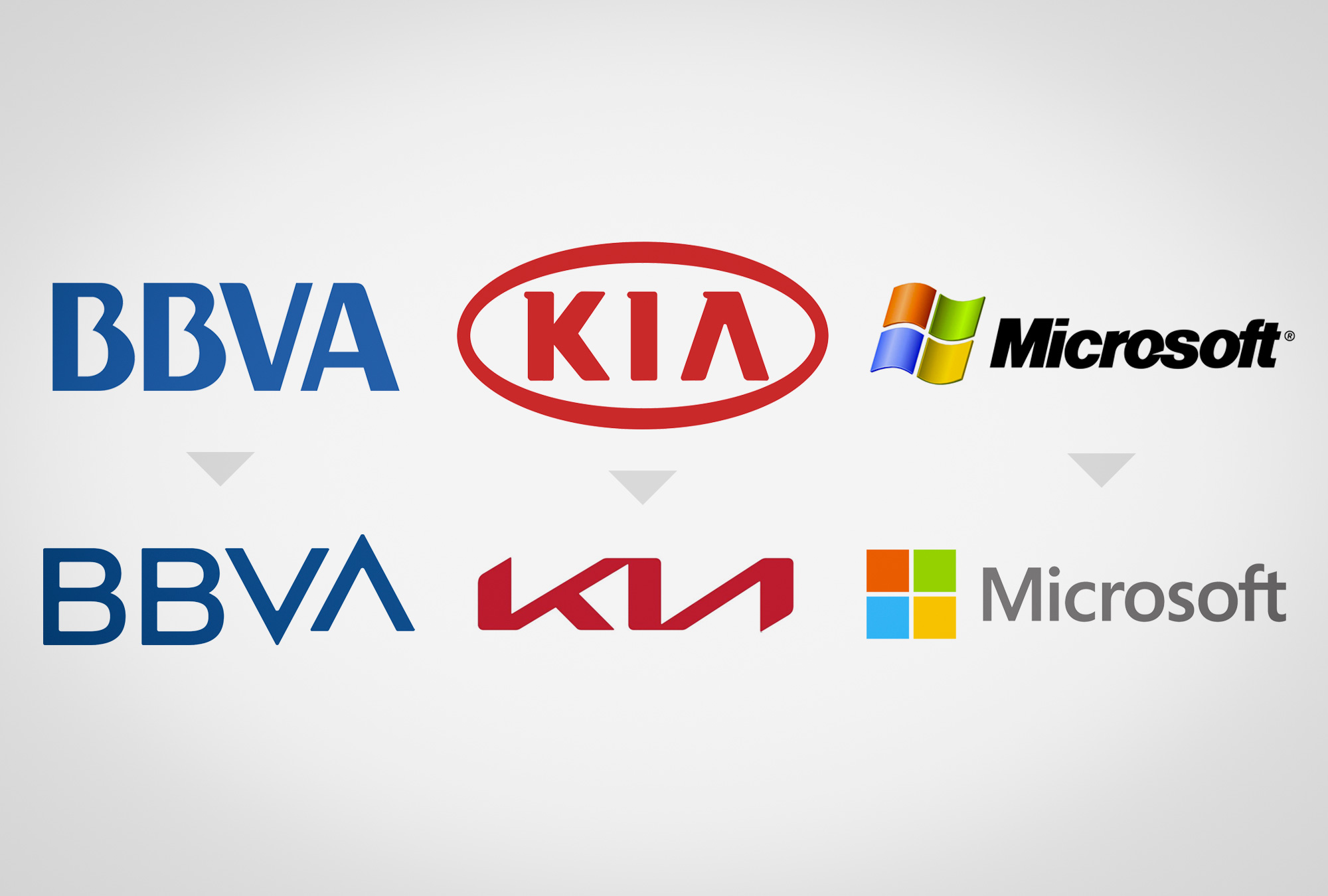
Rebranding Boom: Companies Seek Edge with Image MakeoversRebranding Boom: Companies Seek Edge with Image Makeovers In the ever-evolving business landscape, companies face increasing pressure to differentiate themselves and maintain a competitive advantage. One strategy that has gained prominence in recent years is rebranding, the process of revamping a company’s brand identity, including its logo, messaging, and overall image. The surge in rebranding activity can be attributed to several factors: * Shifting Consumer Preferences: Consumers’ expectations and preferences are constantly evolving, and companies must adapt to remain relevant. Rebranding can help companies align with changing market demands and resonate better with target audiences. * Increased Competition: In today’s crowded marketplace, it’s crucial for companies to stand out from the competition. Rebranding can create a distinct and memorable brand that sets a company apart from its rivals. * Technological Advancements: Digital platforms and social media have made it easier for consumers to access information and share their experiences. Rebranding can help companies create a consistent and cohesive brand presence across all channels. The decision to rebrand is a significant one that requires careful planning and execution. Companies that embark on this process typically follow these steps: * Conduct Market Research: Understanding the target audience, competitors, and industry trends is crucial for developing an effective rebranding strategy. * Develop a Brand Identity: The new brand identity should reflect the company’s values, mission, and target market. This includes creating a new logo, tagline, color palette, and visual style. * Implement the Rebrand: Once the new brand identity is ready, it must be implemented consistently across all touchpoints, from the company website to packaging and marketing materials. * Monitor and Evaluate: Rebranding is an ongoing process that requires regular monitoring and evaluation to ensure it meets its objectives and is positively received by stakeholders. Successful rebranding can bring numerous benefits, including: * Increased Brand Recognition: A well-executed rebrand can help companies become more recognizable and memorable. * Enhanced Brand Image: Rebranding can improve a company’s reputation and position it as a leader in its industry. * Improved Customer Engagement: A refreshed brand identity can foster stronger connections with customers and increase loyalty. * Increased Revenue: Rebranding can drive sales and revenue by attracting new customers and increasing brand affinity. However, rebranding can also be a risky endeavor. If not properly executed, it can damage a company’s reputation and confuse customers. Companies considering rebranding should carefully weigh the potential benefits and risks before making a decision. In conclusion, the rebranding boom reflects the increasing importance of brand differentiation in today’s competitive business environment. By revamping their image and aligning with evolving consumer preferences, companies can gain a strategic edge, attract new customers, enhance brand loyalty, and ultimately drive revenue growth.
Posted inNews